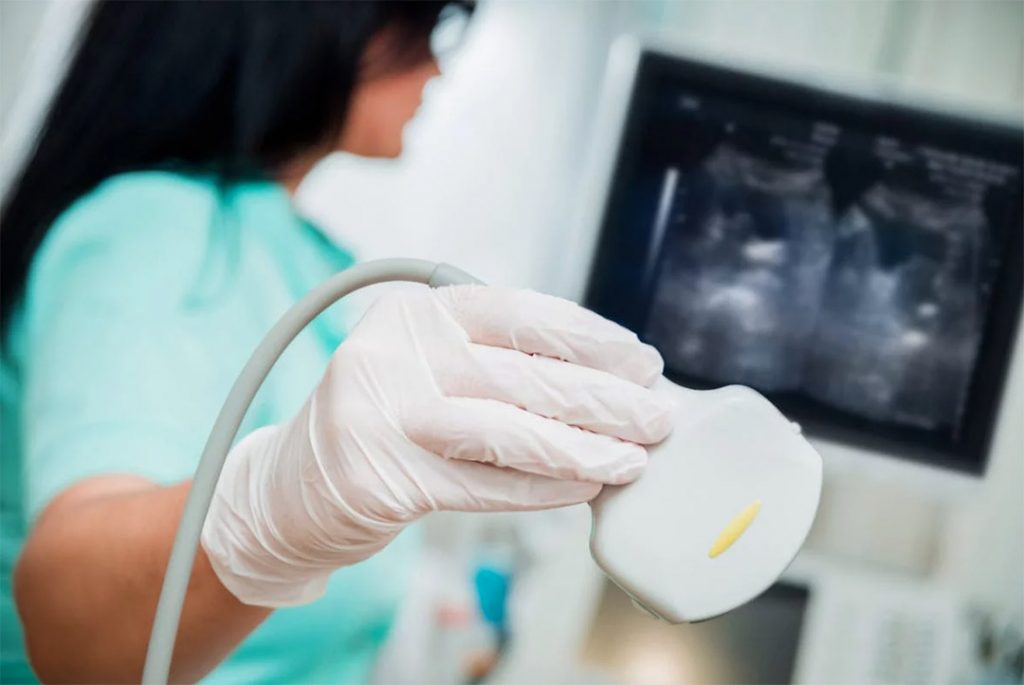The most common causes of failure to ovulate are
Stress, weight fluctuations, Polycystic Ovarian Syndrome (P.C.O.S.). Other causes may include disorders of the pituitary gland, thyroid gland and raised prolactin levels.
Before ovulation problems can be treated it is important to undertake certain tests to establish the cause. These tests include an ultrasound scan of the ovaries and womb and blood tests to measure a range of hormones including thyroid, prolactin, FSH, LH, Testosterone.
If ovulation is not occurring, then drugs may be administered with the onset of menstruation to stimulate egg production. Ovulation is induced using one of two main drug regimen:
Clomiphene or Clomid tablets increase the production of follicle stimulating hormone (FSH) by the pituitary gland, thereby stimulating follicles and hence egg growth. This tablet is normally given in a starting dose of 50-100 mgs taken from the 2nd to the 6th day of the period.
If tablets are not effective then more powerful fertility injections may be necessary to stimulate egg production in the ovaries. Gonadotrophins: these are given by injection. Their active ingredient is follicle stimulating hormone. Examples are: Menogon, Fostimon, Menopur, Gonal F and Puregon. These injections are given on a daily basis and start at a dose of 75 i.u. each day.
The response to any drugs given is monitored by transvaginal ultrasound scans. When follicles have reached an appropriate size (17-20mm) an injection of hCG is given to facilitate the timing of intercourse or IUI. Individual responses to treatment can be unpredictable and if, during the monitoring, the response is insufficient or too strong, the cycle may have to be cancelled and restarted as appropriate. If the response to the drugs is satisfactory, treatment usually continues for 6 cycles; treatment cycles can be carried out consecutively without a break.
Potential side effects are mainly related to the drugs. Multiple pregnancies are a risk of ovulation induction treatments. Twins can result in up to 10% of cases with clomiphene treatment, and 20% with gonadotrophins. Triplets may also occur in around 1% of cases. With careful monitoring the risk of multiple pregnancy is reduced but not eliminated.

